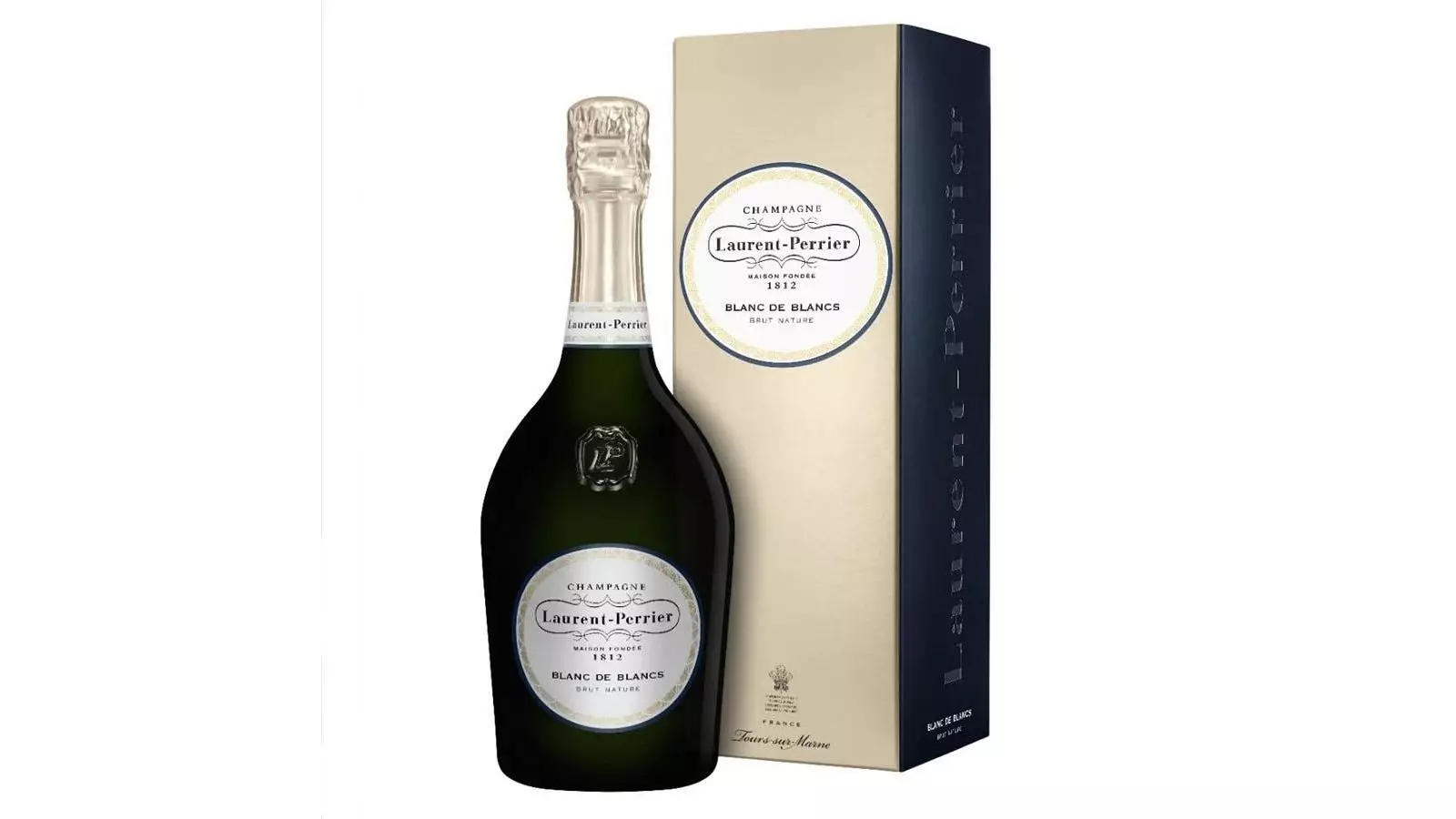Champagne, often synonymous with festivities and luxurious celebrations, embodies a rich tapestry of history and artistry that transcends mere moments of toasting. This ornate sparkling wine, hailing from the Champagne region of northeastern France, stands as a monument to centuries of meticulous winemaking tradition and an exceptional terroir, which imbues each bottle with distinctive qualities. The versatility of champagne has expanded in recent years, revealing its capacity to elevate not only grand celebrations but also everyday dining experiences.
Champagne, located a mere 90 miles northeast of Paris, is home to five main viticultural zones—Montagne de Reims, Vallée de la Marne, Côte des Blancs, Côte de Sézanne, and the Aube. Each area contributes to the regional identity, characterized by its cool climate and chalky soil which are instrumental in cultivating the grapes essential for champagne production. The principal grape varieties, Chardonnay, Pinot Noir, and Pinot Meunier, showcase the complexity of the region’s wines, allowing for a myriad of flavors and sensory experiences.
The influence of terroir and climate cannot be overstated; it is this combination that allows champagne to possess its iconic effervescence and refined character. The natural acidity and mineral components of the soil impart an elegance that is unique to the locality, creating a truly distinctive product.
While champagne is often popped open for significant milestones—weddings, graduations, and New Year’s Eve celebrations—its appeal stretches far beyond these contexts. The wine’s dynamic flavor profiles and refreshing acidity make it a delightful companion for a variety of dishes. From seafood to poultry, and even rich, creamy sauces, champagne can enhance a diverse range of culinary experiences. It is this flexibility that positions champagne as a wine suitable for both casual dinners and extravagant feasts. In fact, many enthusiasts assert that there are few things as delightful as enjoying a good champagne with simple street food, turning an everyday meal into a delightful feast.
When it comes to storage, the lifecycle of champagne plays an important role in how its flavors develop and how long it can be enjoyed. While an opened bottle will generally maintain its effervescence for just a few days (especially with the help of a quality stopper), an unopened one can last up to 15 years when stored properly; this involves positioning it on its side in a cool, dark place to preserve its integrity.
The world of champagne is currently undergoing an exhilarating transformation, as contemporary producers experiment with styles and techniques to create exciting new wines. For instance, the zero-dosage philosophies that eliminate added sugar yield exceptionally crisp and refreshing beverages, appealing to purists and new drinkers alike.
A stellar example is Laurent-Perrier’s ‘sans dosage’ champagne, a 100% Chardonnay offering that exemplifies freshness and citrus brightness, making it an ideal partner for gastronomic pairings, particularly with delicate seafood dishes. The crisp finish showcases the commitment to quality and principle among producers who uphold the art of champagne-making.
In a more eclectic manifestation, Idris Elba’s Petite Porte Noire Brut NV presents a harmonious fusion of Chardonnay, Pinot Noir, and Pinot Meunier, delivering vibrant freshness and nuanced complexity. Such collaborations elevate champagne from mere beverage to a cultural phenomenon, drawing attention not only for taste but also for the artistic personalities behind the labels.
Reigning as a testament to excellence, the Rare Champagne Millésime Brut 2008 was lauded as the “Supreme World Champion” at the 2023 CSWWC. With a blend of 70% Chardonnay and 30% Pinot Noir—sourced solely from Grand Cru vineyards—this vintage showcases an exquisite balance of aromas and flavors, with notes ranging from sweet peach to the complexities of fresh-baked pastries. Such accolades highlight the craftsmanship and artistry involved in champagne production.
Lastly, the historic Billecart-Salmon’s Brut Rosé, characterized by its beautiful pale pink hue, is a perfect representation of the playful yet sophisticated nature of champagne. Featuring sharp red fruit flavors rounded out by hints of brioche, this wine is a longtime favorite that further exemplifies why champagne continually captivates wine lovers globally.
Champagne transcends its role as a celebratory drink, becoming a testament to the marriage of tradition, artistry, and innovation. This sparkling wine is not just a drink; it is an experience that brings an element of sophistication to all occasions, inviting individuals to explore its depths and enjoy life’s moments fully. As the landscape of champagne continues to evolve—guided by both established houses and ambitious newcomers—the future of this esteemed beverage remains as bright and effervescent as the bubbles in a freshly poured glass.

